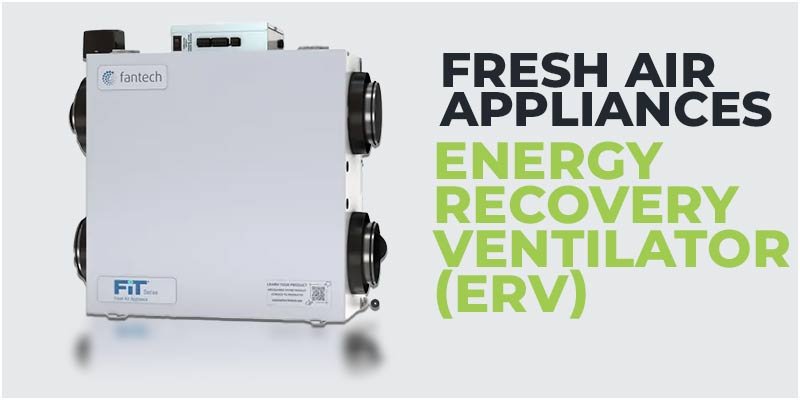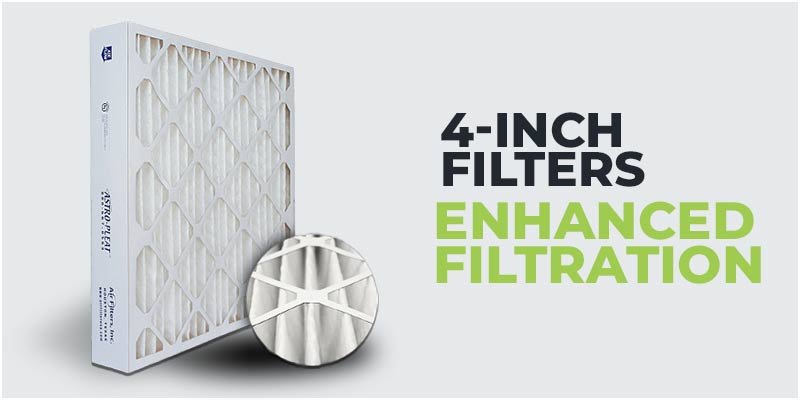Utah has the nation's highest lung cancer rates and the lowest smoking rates
Prolonged exposure to elevated levels of radon gas is the second leading cause of lung cancer after smoking.
Radon Health Risks:
Lung Cancer: Radon exposure is the second leading cause of lung cancer after smoking. Inhalation of radon gas can lead to the deposition of radioactive particles in the lung tissues, increasing the risk of lung cancer.
Latency Period: The development of radon-induced lung cancer can take many years, often occurring decades after initial exposure.
Cellular Damage: The radioactive particles from radon can damage lung cells, leading to inflammation and respiratory problems over time.
Respiratory Issues: Exposure to radon can lead to respiratory problems, including chronic coughing, wheezing, shortness of breath, and chest pain.
DNA Damage: Radon exposure can cause damage to the DNA in lung cells, potentially leading to mutations and cancer development.
Increased Risk for Smokers: Smokers exposed to high levels of radon have a significantly higher risk of lung cancer compared to non-smokers exposed to the same levels of radon.
Sources of Radon:
Soil and Rock: Radon gas is released during the breakdown of uranium in soil and rocks. It can seep into buildings through cracks and openings in the foundation.
Groundwater: In certain regions, radon can dissolve into groundwater and be released into the air when the water is used in homes.
Building Materials: Certain construction materials, like concrete and granite, can emit radon, although typically at lower levels than soil and rock.
Radon Mitigation:
Testing for radon is the only way to know if your home has elevated radon levels. If high levels are detected, mitigation strategies such as improving ventilation, sealing cracks in floors and walls, and installing radon mitigation systems can reduce radon levels effectively.

Radon is a naturally occurring radioactive gas that is colorless, odorless, and tasteless
Radon is released from the ground into the air above it. The concentration of radon can vary depending on the type of soil and rock beneath your home.
How Radon Enters Homes:
Decay Process: Uranium decays into radium, which then decays into radon. Radon itself is part of a long decay chain that ultimately ends with stable lead.
Cracks in Foundation, Floors and Walls: Radon gas can seep through tiny cracks and gaps in the foundation, floors, and walls of a home.
Gaps Around Service Pipes: Openings around pipes, wires, and other utilities that enter the home can provide a pathway for radon.
Cavities Inside Walls: Hollow spaces within walls can facilitate the movement of radon gas from the soil into the living spaces.
Radon Levels in Your County:
Click to Enlarge: The percentage of households tested here in Utah at or above 2.7 pCi/L the radon level threshold to inastall a mitigation system based pon the recommendations from the WHO, World Health. Organization


Radon kills
get our free radon test
protect your loved ones from the affects of lung cancer.
How do I measure and mitigate radon?
1. Short-Term Testing:
Purchase a short-term radon test kit from a hardware store or online. Place the test kit in the lowest livable area of your home for 2-7 days.
Hire a professional to conduct a short-term test, which typically takes 48 hours.
2. Long-Term Testing:
Long-term radon test kits are also available and are placed for 90 days to one year. These provide a more accurate annual average radon level.
Use a continuous radon monitor that measures radon levels over a long period, providing ongoing readings.
3. Lab Analysis:
After the testing period, send the test kit to a certified laboratory for analysis to determine the radon levels.
Mitigating Radon
1. Improve Ventilation:
Open windows and use fans to improve air circulation and reduce radon levels temporarily.
Install mechanical ventilation systems, such as heat recovery ventilators (HRVs), to continuously bring in fresh air and exhaust indoor air.
2. Seal Cracks and Openings:
Use caulk and sealants to fill in cracks and gaps in the foundation, floors, and walls where radon can enter.
Seal gaps around pipes, wires, and other utilities that penetrate the building envelope.
3. Radon Mitigation Systems:
Install a sub-slab depressurization system that uses a vent pipe and fan to draw radon gas from beneath the foundation and exhaust it outside.
If your home has drain tiles or a sump pump, these can be adapted to reduce radon levels by venting radon gas outside.
Hire a certified radon mitigation professional to assess your home and install an appropriate radon reduction system.
4. Water Supply Treatment:
Install an aeration system to remove radon from well water by agitating the water and venting the radon gas outside.
Use granular activated carbon (GAC) filters to remove radon from water, although these need regular maintenance and disposal considerations.

Tips on Finding a Company to Improve the Air Quality Inside Your Home:
Online Reviews: Check reviews on platforms like Google, Yelp, and Better Business Bureau (BBB) to gauge customer satisfaction and reliability.
Industry Certifications: Ensure the company has certifications from reputable organizations such as the National Air Duct Cleaners Association (NADCA) or the Indoor Air Quality Association (IAQA).
Licensed and Insured: Verify that the company is licensed and carries insurance.
Years in Business: Choose a company with several years of experience in indoor air quality (IAQ) improvement.
We have 100s of 5 star Google reviews
Protecting families on the Wasatch Front from unhealthy water and contaminated air is our mission!
Read ReviewsSchedule your free air and radon test and learn how to protect your family!
Our air quality experts will show you exactly what contaminants are in your home and teach you how to protect your family.
FREE Biological Pollutants Air Test
Understand the levels of mold, dander, pollen, dust mites, and bacteria.
FREE Particulate Matter Test
Discover how ,uch and what kinds of PMs are affecting your family.
FREE Radon Gas Test
Normaly costs over $150.00, now free!
FREE Chemical Compounds Test
Identify and take proactive steps to ensure a healthier indoor environment.
FREE Carbon Monoxide Test
Understanding the carbon monoxide levels in your house is the first step to protect your family's health and wellness.
Discover What's Really In Your Air
Click the button below and complete our quick survey to get started!
Click to Schedule-Free Air Quality Test-














